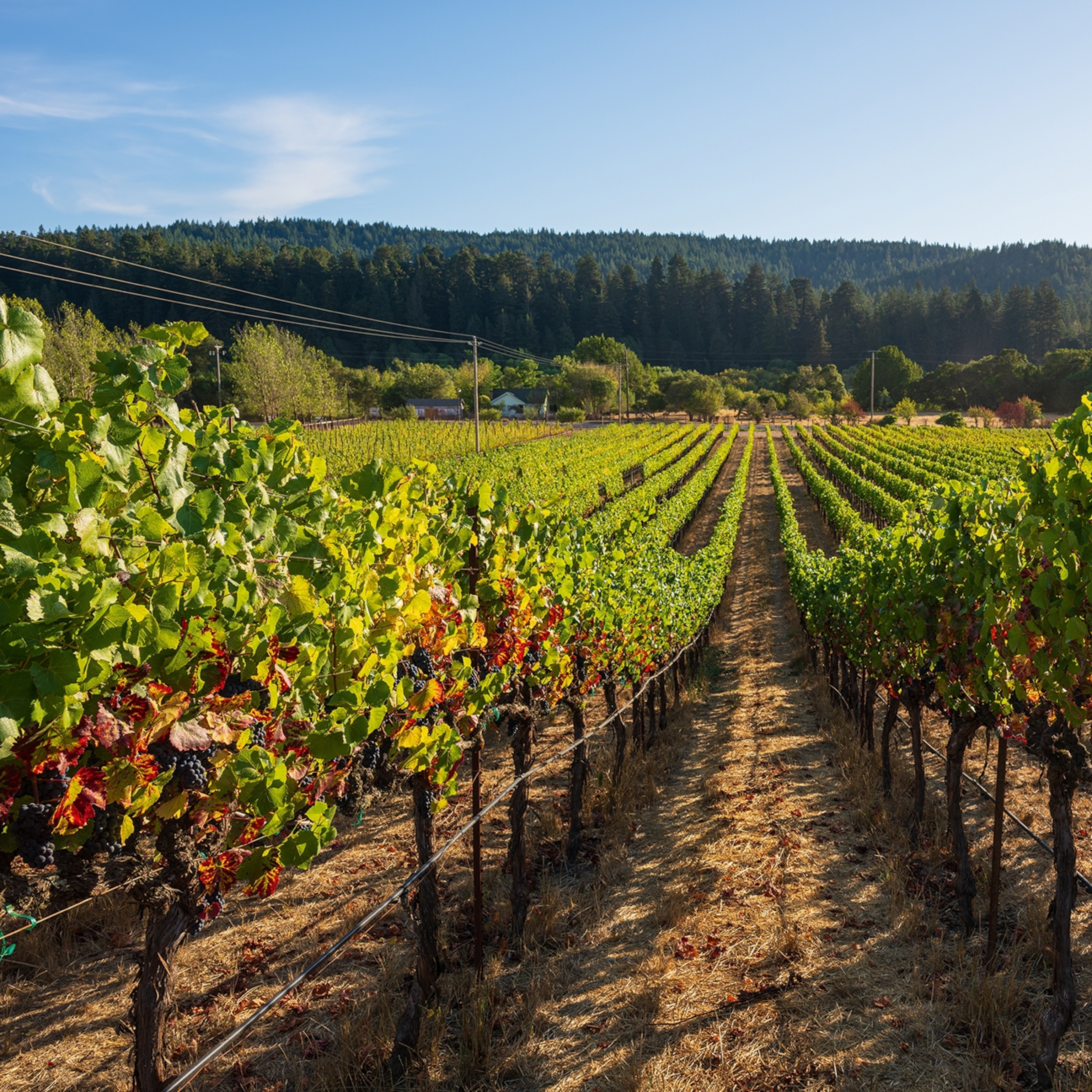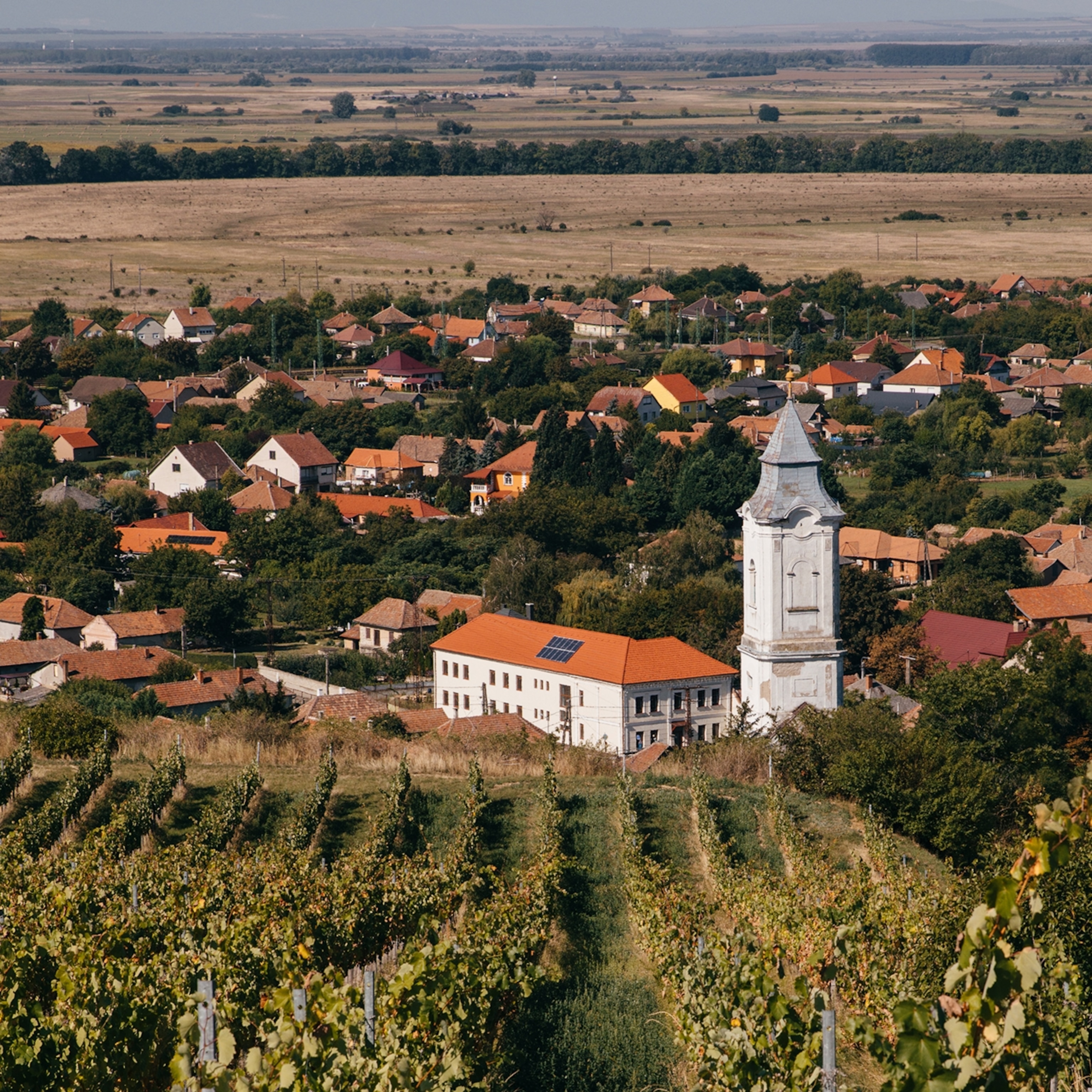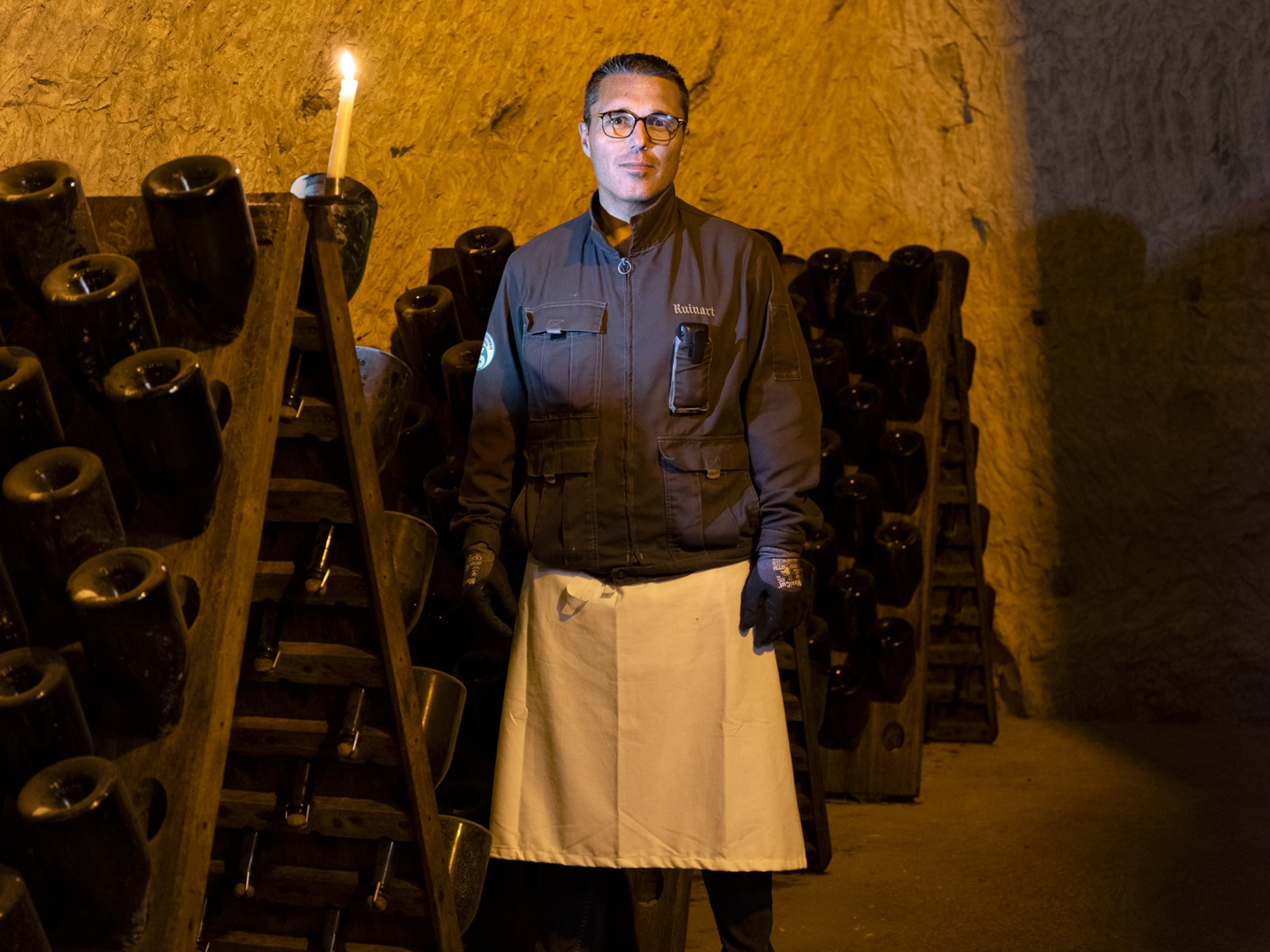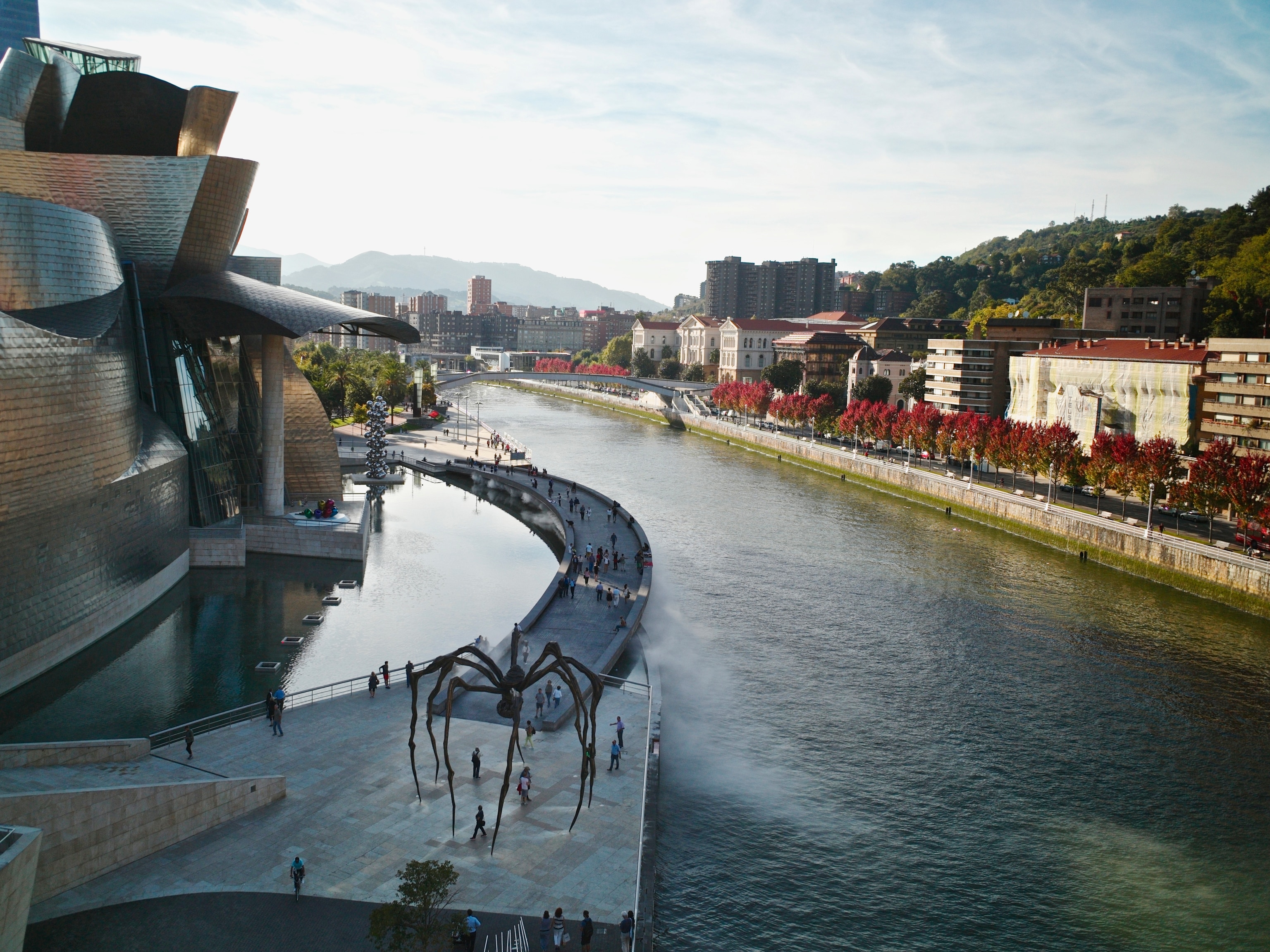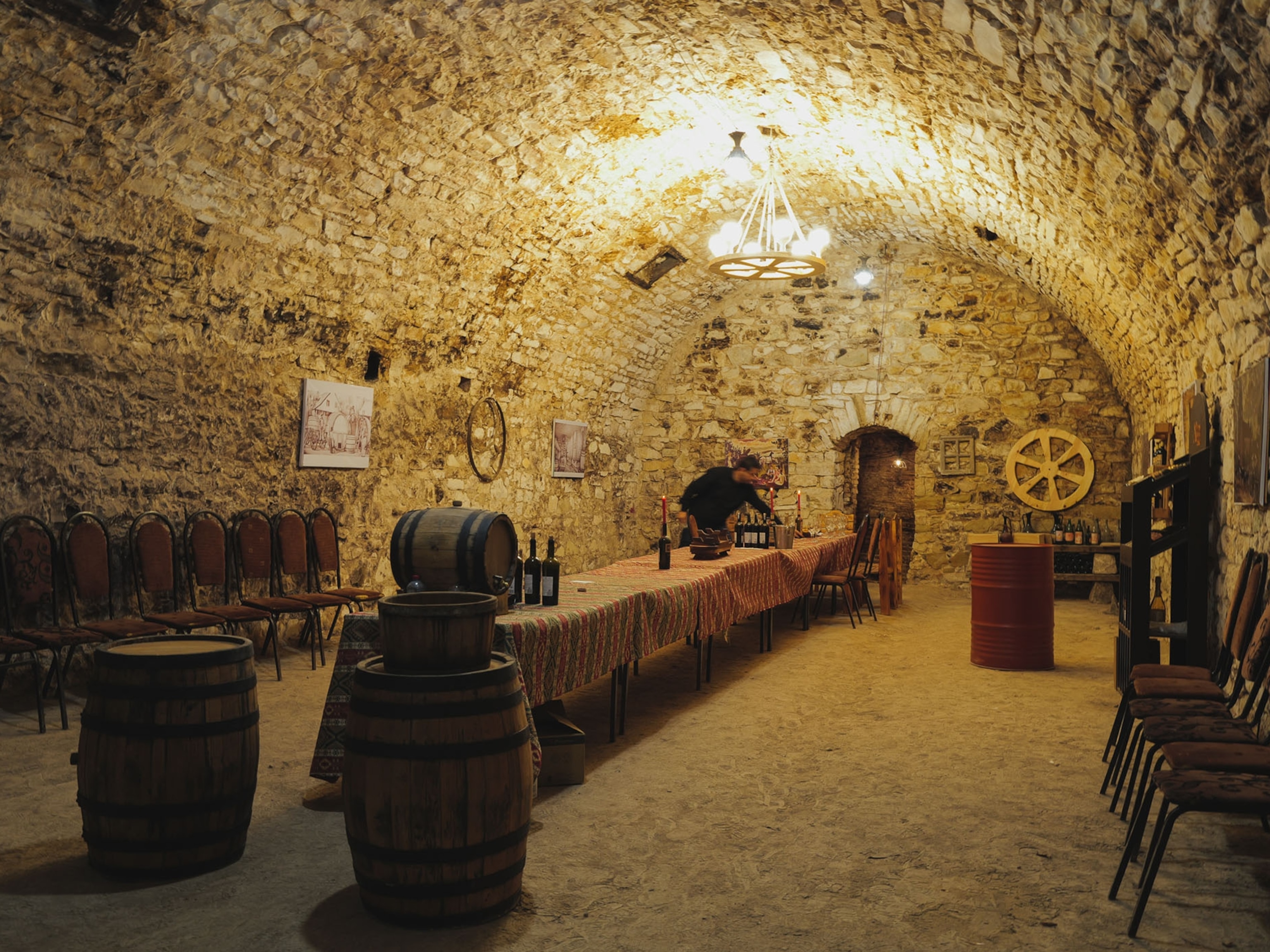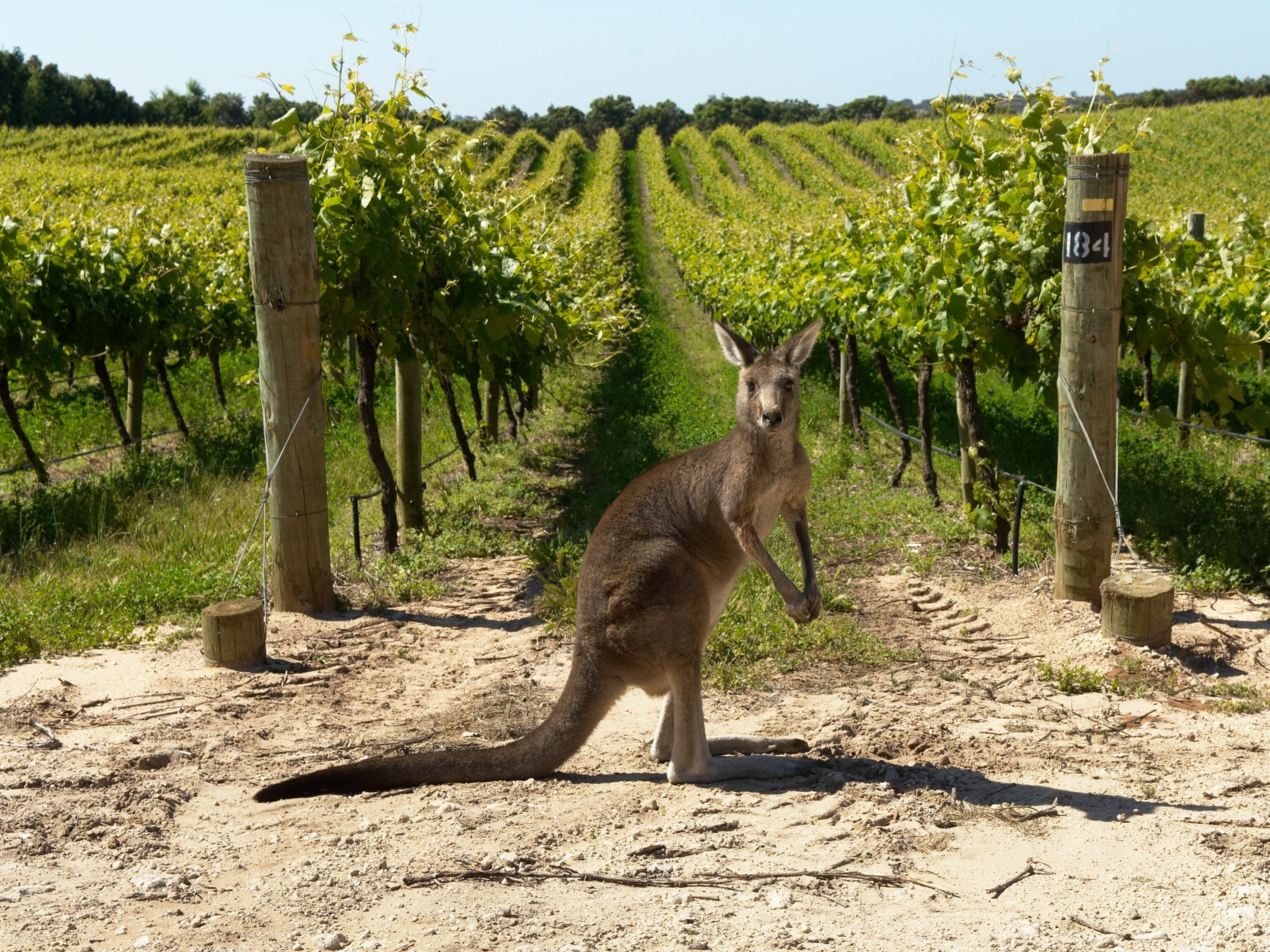
New Vineyards Could Create Conservation Challenges
How will vineyards cope with climate challenges caused by global warming?
Could wine lovers soon be sipping Montana merlots or Beaujolais clones grown on the shores of the Baltic (map)?
Changing climate may well redraw the familiar map of world wine production, making it harder to grow grapes in some traditional regions while opening up new frontiers for vineyards. But satisfying our thirst for wine in a warmer world could take a toll on biodiversity, a new study suggests, if vineyard changes aren't managed carefully.
Lee Hannah, a climate change ecologist with Conservation International, and his colleagues modeled the impacts of changing climate on winemaking, an art that's fine-tuned to local climate conditions, in a study published this week in the journal Proceedings of the National Academy of Sciences.
Today's top wine-producing regions from Chile to Tuscany could see their suitable growing area reduced by as much as 20 to 70 percent by the year 2050, the study suggests.
That means some growers will likely adjust by planting new vines in previously undisturbed ecosystems at higher latitudes or higher elevations—displacing the plant and animal species currently residing there.
“This can lead to serious impacts on wildlife habitat as new areas become suitable for wine production and open up to planting,” Hannah said.
Intersection
Making matters worse is the intersection between tasty wine territory and prime habitat. Some of the top terrain for wine production is located in Mediterranean climate regions around the world boasting warm, dry summers and wet, cool winters with infrequent freezes.
These same spots are home to some of the world's greatest natural biodiversity, which may be put increasingly at risk as vineyards expand into higher elevations in search of cooler climes.
The Mediterranean Basin (map), for example, is home to more than 12,000 plants that grow nowhere else in the world. Two-thirds of its amphibians, half of its reptiles, and a quarter of its mammals are also unique to the region. (Learn more about the Mediterranean as a biodiversity hotspot.)
After native vegetation is plowed under and fields are fertilized, doused with fungicide, and prepared for planting, vineyards, on the whole, are not hospitable habitats for many native plants or animals, Hannah added.
The study's models suggest that places including northern North America and Europe, New Zealand, Tasmania, and central Chile could become newly desirable locations for vineyards by mid-century.
“The real detriment will be to those on the extremes,” said Southern Oregon University's Gregory Jones, a leading expert on wine and viticulture who was not involved in the study.
“Those growing grapes in the hotter climates where you know it's marginal, like large areas of southern Spain, parts of inland Australia, some of these places are at the limit of being too hot right now.” (Related: "Earliest Known Winery Found in Armenian Cave.")
Wine on the Range?
Indeed, the changes charted in the study aren't entirely projections, Hannah stressed—they've already begun. “Vineyards are already expanding into places like the Okanagan Valley in British Columbia,” he said.
The Rocky Mountain region near the U.S.-Canadian border is home to the ambitious Yellowstone to Yukon conservation plan that patches together habitat corridors for the region's grizzlies, wolves, pronghorn antelope, and other iconic animals. It has no real history of wine production—but a few degrees warmth could make it very enticing to growers, the study suggests.
“Right now you're looking at open ranch land which can be quite friendly to wildlife movement,” Hannah explained. “But if you start getting vineyards put in that area, bears would love to come in and eat wine grapes and browsers will eat the vines. So that's a concern for the growers, and if vineyards are fenced or animals shot, a potential barrier to wildlife movement.” (Learn about other effects climate change will have on wildlife.)
Another surprising concern is China, Hannah noted, which doesn't come to mind as a wine superpower but is already a top producer and the fastest growing of all winemaking nations. Their vineyard expansion may come at the expense of panda habitat, as the two share the same mountain ranges.
Making Preparations
Jones, who has authored studies mapping the world of wine under projected climate change, noted that while some areas didn't shift too much in his projections, others moved dramatically.
And the wine industry is already taking some steps to prepare, he said.
The industry's major corporate players, like E. & J. Gallo, Constellation, Diageo and others, use their own strategies to counter climate uncertainty.
“Big companies are probably trying to hedge their economic bets to some degree,” Jones said. “You do that by having a portfolio of wines across different regions and different climates." That way, if a hailstorm or drought hits one region, it's not likely to affect another area and your production is protected, he explained.
Jones also noted that individual growers have already begun to source vineyard locations a bit closer to the poles, a bit higher up mountainous slopes, and, in some cases, a bit closer to coastlines, which can also provide a cooling impact for their grapes.
Limited Options
But other winemakers face serious limitations on how they can adjust. Many European countries, for example, produce wines under longstanding systems of defined regions and styles.
The protections that ensure a champagne is really a champagne also limit the things winemakers can do if their local climate shifts, like altering grape varieties or moving beyond designated borders.
For this and other economic and traditional reasons, many growers will continue to tend fields even as they become hotter and drier, and Conservation International's Hannah says that could spell trouble for scarce freshwater resources.
“Remarkably, the Mediterranean regions are nearly all projected to undergo declines in rainfall,” Hannah said. “That's not universally true across the planet, but for those major wine growing regions it is true.”
At the same time as water becomes scarcer, he added, rising temperatures may make growers use more of it with increasing irrigation or misting vines to keep grapes cool.
Wine is far from the only agricultural product facing such changes, so similar water and wildlife impacts will likely be linked to many other crops as well.
Win-Win?
But wine's unique relationship with climate made it an ideal subject for study, Hannah said. “We know that this is an industry that's all about getting the climate just right, so it's a perfect place to start looking at the impacts to conservation as agriculture shifts.”
Winemakers also seem unusually capable of making the necessary adjustments to satisfy both wine lovers and wildlife, Hannah added, so consumers may well be able to have their wine and help wildlife too.
“The industry is very environmentally sensitive, very aware, and very clued into climate,” he explained.
“They're concerned about things like carbon footprints and pesticide use. The realm of looking at the wildlife habitat impacts of vineyards hasn't gotten as much attention, but with climate change, that's going to become more prevalent. Planning that in conjunction with wildlife concerns takes collective action.”
Some such action, he added, is already well under way. Chile boasts a Wine, Climate Change, and Biodiversity Program; California has a Sustainable Winegrowing Alliance; and South Africa has a Biodiversity and Wine Initiative.
Hannah suggested that China might be able to use a current forest buyback program to purchase panda habitat that is also zoned for vineyard use, ensuring their preservation.
“If we see unplanned and unchecked growth, it's unfortunately much more likely that there will be negative consequences for wildlife,” Hannah said. “But I think there are positive solutions here. If the industry can plan with conservation, there are ways both wine and wildlife can win.”

